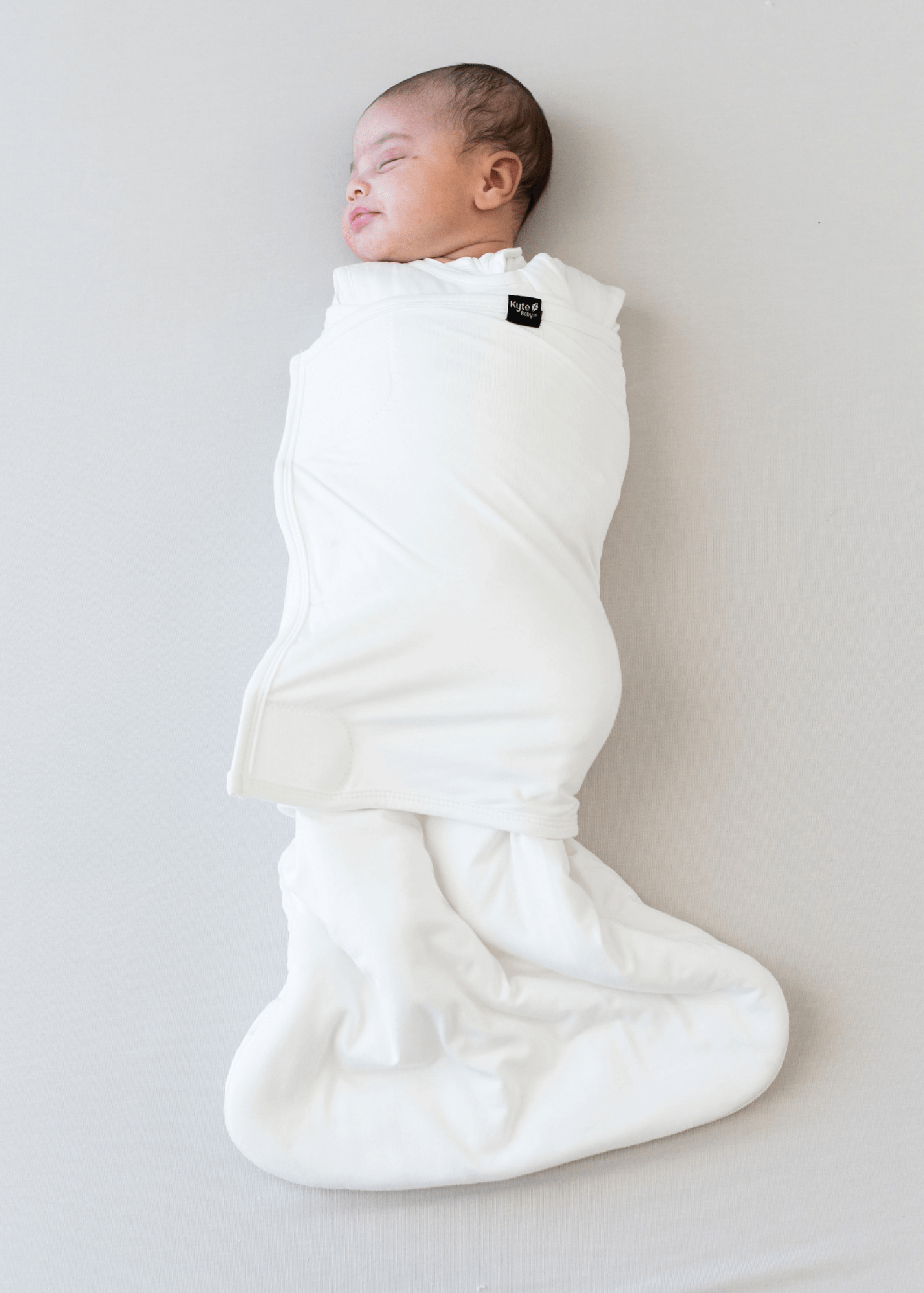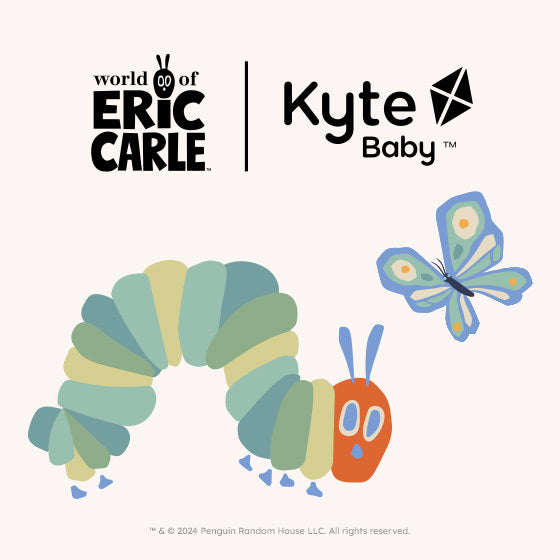
Did you know that 1 in 10 babies in the United States is born premature? A full-term pregnancy is 40 weeks, and babies who are born before 37 weeks of gestation are classified as premature. Anyone who has ever been pregnant can testify that growing a life is hard work. It’s a long 9 (closer to 10, if we’re being honest) months of nausea, heartburn, sciatica, insomnia, food aversion, aching joints, and swelling—and that’s just to name a few. There are many moments when we find ourselves wishing that baby could just hurry up and come out, but medically speaking, we really want them to stay put for the full 40 weeks. During those long months, and especially during the final weeks, a lot of crucial growth and development happen inside the womb. Premature babies are much more at risk for health problems and may weigh much less than full-term babies because their organs simply didn’t have enough time to develop properly. While the exact cause of premature, or preterm, birth is often unknown, there are many risk factors that may contribute to it. To honor Prematurity Awareness Month this November, we chose March of Dimes as our charity of the month.
Founded over 80 years ago as the National Foundation for Infantile Paralysis, March of Dimes pioneered the vaccine research that led to the eradication of polio in the United States. Today, the foundation leads the fight for moms and babies, addressing their biggest health threats and focusing on preventing birth defects and preterm birth. Premature birth and its complications are the #1 cause of death in babies in the United States. That 1 in 10 statistic means that 380,000 babies are born prematurely each year, and those who survive premature birth often have long-term health problems, including cerebral palsy, intellectual disabilities, chronic lung disease, blindness, and hearing loss. The March of Dimes Prematurity Campaign’s goal is to reduce premature birth in the United States and address persistent health inequities among racial/ethnic and geographic divides. A huge factor in achieving this goal is education. Although we don’t always know what causes preterm labor and premature birth, we do know that certain risk factors can make it more likely.
RISK FACTORS OF PRETERM LABOR AND PREMATURE BIRTH
The three biggest risk factors that make you most likely to have preterm labor are:
- You’ve had a premature baby in the past.
- You’re pregnant with multiples, like twins or triplets.
- You have problems with your uterus or cervix now or have had problems in the past.
Although these are the biggest risk factors, there are many others, such as:
- Being underweight or overweight before pregnancy, including having an eating disorder, like anorexia or bulimia.
- Having a family history of premature birth. If you were born prematurely, you’re more at risk for preterm labor.
- Getting pregnant too soon after having a baby. The recommended waiting period between giving birth and getting pregnant again is at least 18 months.
- Having certain health conditions during pregnancy, such as connective tissue disorders (Ehlers-Danlos syndromes), diabetes, high blood pressure and preeclampsia, infections (including STIs), cholestasis, and thrombophilias.
- Getting late or no prenatal care
- Not gaining enough weight during pregnancy
- Bleeding from the vagina in the second or third trimester,
- Preterm premature rupture of the membranes (when your water breaks before 37 weeks of pregnancy).
- Being pregnant through in vitro fertilization (IVF).
- Being pregnant with a baby who has certain birth defects, such as heart defects or spina bifida.
- Using nicotine, alcohol, street drugs, or abusing prescription drugs.
- Having a lot of stress in your life.
- Low socioeconomic status.
- Being a victim of domestic violence.
- Working long hours or having to stand a lot.
- Exposure to air pollution, lead, radiation, and chemicals, such as paint and secondhand smoke.
Age and race are also risk factors for preterm labor and premature birth. Being younger than 17 or older than 35 makes you more likely than other women to give birth early, and in the United States, black women are also more at risk. Although the exact reason why race plays a role in premature birth is unknown, almost 17 percent of black babies are born prematurely each year. Although there are many risk factors that are out of your control, there are still some things you may be able to do to reduce your risk for early labor and birth.
STEPS TO REDUCE RISK OF PRETERM LABOR
- Get to a healthy weight before pregnancy and gain the right amount of weight during pregnancy.
- Don’t smoke, don’t drink alcohol, don’t use street drugs or abuse prescription drugs.
- Receive regular prenatal care as soon as you think you are pregnant.
- Get treated for chronic health conditions, such as high blood pressure, diabetes, depression, and thyroid problems.
- Protect yourself from infections.
- Reduce your stress.
- Wait at least 18 months between giving birth and getting pregnant again.
SIGNS AND SYMPTOMS OF PRETERM LABOR
If you experience any of these symptoms of preterm labor before 37 weeks of pregnancy, call your healthcare provider immediately. She may check your cervix to see if you are in labor and may give you treatment to help stop labor or improve your baby’s health before birth.
- Regular or frequent contractions. These may or may not be painful.
- Constant low, dull backache.
- Belly cramps with or without diarrhea.
- A “bearing down” feeling. This feels like your baby is pushing down.
- Change in your vaginal discharge. This includes more discharge than usual.
- Your water breaks.
If you’re the parent of a premature baby, or preemie, you probably spent the first few days or weeks obsessing over weights, measurements, and tests. Although your preemie’s early years may be more complicated than those of a full-term baby’s, most preemies grow up to be healthy kids and on track with full-term babies in growth and development by age 3. The earlier your baby is born, the more likely they are to have lasting problems that affect their growth and development, which is why doctors divide preemies into groups depending on how old they are at birth.
- Late preterm: 34-37 weeks
- Moderately preterm: 32-34 weeks
- Very preterm: Under 32 weeks
- Extremely preterm: 25 weeks and under
Late preterm babies catch up to full-term babies quickly, but those who were born earlier may develop at a slower rate. Extremely preterm babies are more likely to have serious and lasting disabilities. When you measure your preemie’s development, it’s important to go by your due date rather than the day your baby was born. During your preemie’s first two years of life, using his adjusted age will give you a better idea when he should reach developmental goals. To determine the corrected age, subtract how many weeks premature your baby was, from his actual age in weeks. Baby development already varies so much with full-term babies, so try not to obsess over your preemie meeting milestones. Although it might seem like he is delayed, he is probably on target for his corrected age.
Since premature babies are smaller and weigh less than other newborns, their weight will depend on how early they were born. Since your preemie may need to start off in the NICU, a neonatal pediatrician will determine the best way to feed him in the initial weeks. This may be through an IV, a tube, umbilical catheter, or through breast and/or bottle. Below are the Fenton growth charts for preterm girls and boys.

Parents of premature babies may have trouble coping with the challenges ahead, such as a NICU stay. The hours, days, and weeks after birth may look very different from expectations during pregnancy. If you’re a new parent of a preemie, you may grieve for the loss of what should have been—“golden hour” with a healthy baby, holding your little one without tubes or wires, and going home together as a family. No parent is ready to face the reality of going home without their baby. It’s a harsh one, and it’s perfectly natural to feel every emotion that comes your way. Another unexpected challenge? Finding clothes for your little one. Most people don’t register for preemie clothes. You expect and hope for a happy, healthy pregnancy and delivery, so when your baby comes too early, you may be left wondering, where do I buy preemie clothes? Thankfully, there are options out there by brands that care and sell clothes for your extra little one. Good things come in small packages, right? Designed with your preemie in mind, Kyte BABY offers preemie sizing on our footies, bundlers, as well as long sleeve and short sleeve bodysuits. Snaps and dual zippers provide easy access to medical equipment, while the silky bamboo fabric soothes your preemie’s delicate skin.

Going through preterm labor and giving birth to a premature baby can be extremely frightening. It’s natural to worry that your baby will suffer from the complications that come with prematurity. Despite it being relatively common, premature birth can have serious consequences, which is why it’s important for mothers to learn as much as they can to help their pregnancies reach a healthy term. While many things may be out of our control, taking the necessary steps that are in our control is the best thing we can do for ourselves and our babies. Thanks to the work of March of Dimes, moms and babies have the biggest fighting chance today. Its mission statement reads: “We are fighting for the smallest among us and advocating for their health each and every day. And we do so with the tools, technology and knowledge needed to build a brighter future for us all.”
























